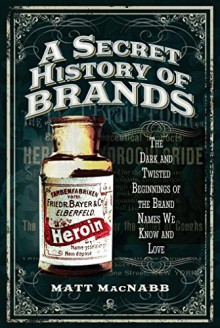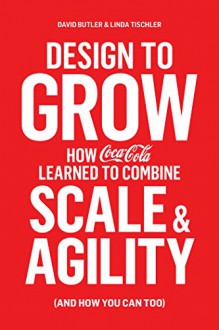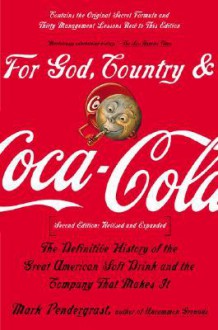
Thanks to Alex and the whole team at Pen & Sword for providing me with a review paperback copy of this book that I freely chose to review.
I would not class myself as particularly “brand-aware”. Although when I was younger I wanted to have the latest of everything, especially if all my friends had it (oh, the wonders of peer-pressure, even then), with time I’ve become quite skeptical about it, and I tend to avoid them if I can. (I understand the status thing, but I can’t see why I should have to pay and then, on top of that, be happy to advertise the product by making sure everybody knows what it is). Give me local craft any day! So, of course, I could not resist a book that promised to share with its readers ‘The Dark and Twisted Beginnings of the Brand Names We Know and Love’. And it delivers, for sure. I suspect if you are big authorities on the subject, you might already know a lot of the information contained in this book but if like me, you are just curious, this is a gem.
I’d never read anything by this author before, but his style is engaging and he pitches this volume at the right level for the subject: he includes the adequate amount of historical information about each one of the brands and characters (inventors, creators, public figures…) to make sure that the readers understand the context of each brand and its products, and then focuses on the more intriguing and less publicized aspects of their evolution. Some of them might be more familiar than others (I suspect a lot of readers will know about Coca-Cola and its early cocaine content), but even then, MacNabb manages to unearth elements of the story that are bizarre and less well-known (so Coca-Cola still contains extracts of coca leaves [no actual cocaine though, don’t worry!] supplied by the only lab in the US with a permit to import coca leaves).
While some of the chapters are curious and amusing (like the Coca-Cola one or the chapter on the Kellogg’s ‘war on sex’), some can be quite disturbing. There are many connections to Nazi Germany I was not aware of, like Hugo Boss’s manufacture of Nazi uniforms, Adidas & Puma’s Nazi connections (I had no idea the creators of these two brands were brothers, either), Chanel’s spying for the Germans (and the fact that the information was kept under wraps by the French government). For me, the most shocking were the chapters on Bayer (not so much the Heroin production, even if they seem to have become aware of its addicting properties quite early on, but its direct connection to slave labour and the production of Zyklon B, used in the gas chambers in the concentration camps), and Henry Ford and his anti-Semitic beliefs and writings (that seem to have inspired Hitler). The chapters on Winchester and Bakelite were intriguing (as I didn’t know anything at all about the history of the objects, other than some vague notion of the importance of the rifle) but sad, due to the personal tragedies behind the stories.
This book is a great read, a page-turner, and I suspect most readers will move on to read full accounts on some of the selected topics. Although the brands are chosen for their interesting stories, the author gives credit where credit is due and always tries to offer as balanced an account as possible of the people and the companies, making sure to emphasise how things have changed for most of them. It is a sobering thought to reflect upon the past of some of these household names, and it is important we don’t forget the lessons learned.
I recommend this book to anybody interested in brands, pop culture, history, and it will be a resource of interest to writers and researchers. (The notes contain bibliographical information for those interested in further reading). Another great addition to the publisher’s varied catalogue.

 Log in with Facebook
Log in with Facebook 









